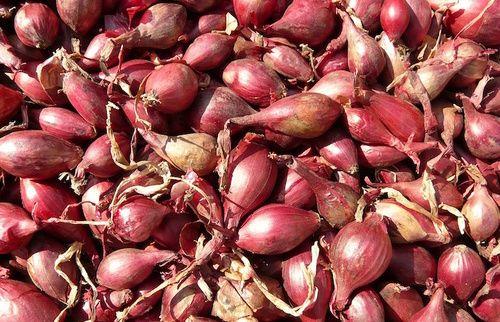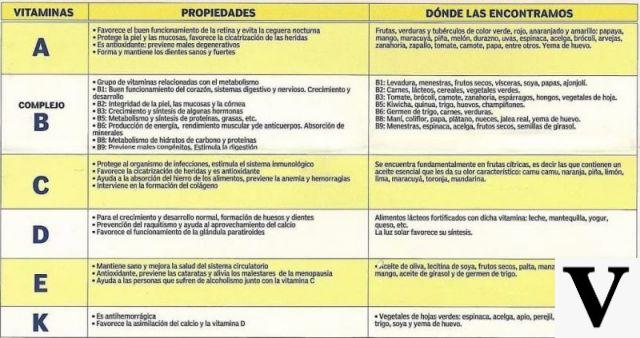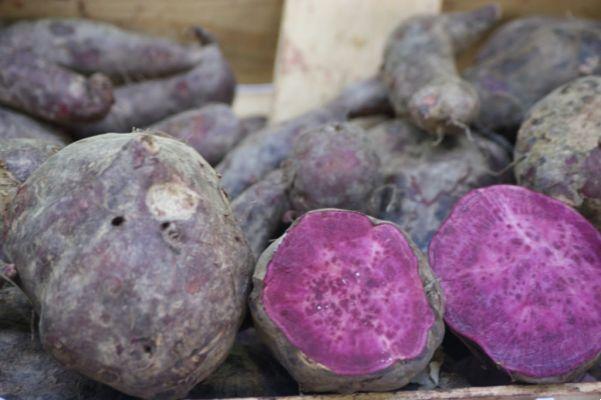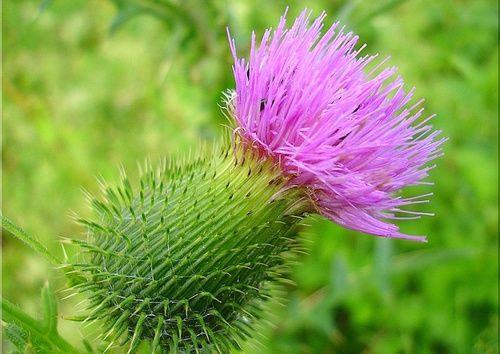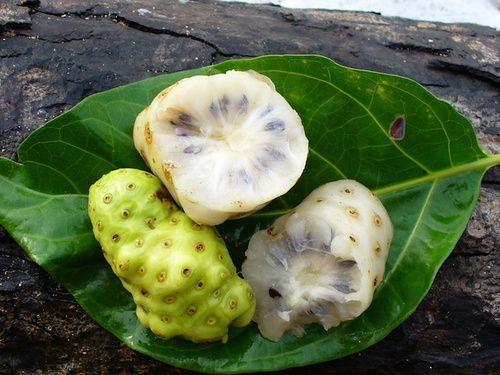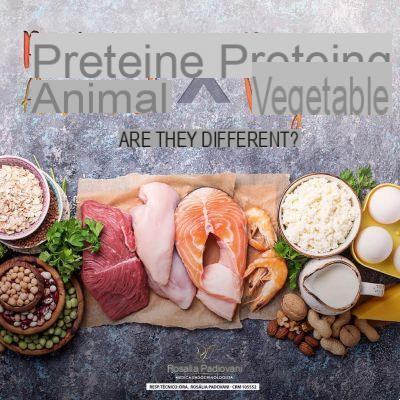
What are proteins
Proteins are nutrients composed of a sequence of amino acids joined by peptide bonds. There are 20 types of these amino acids that create the multitude of proteins found in nature.
Among these 20 amino acids 8 are defined as essential because our body cannot produce them autonomously and therefore needs to introduce them with the diet.
What are proteins used for?
Proteins mainly have one structural function and therefore they are found within our muscles, internal organs and skin. They are part of the tissues of our body but also of that of animals and even in all the tissues of plants.
Proteins are used for numerous physiological functions of our body such as cell renewal but also are indispensable for the blood clotting process, for the transport of nutrients, such as hormones and also for the oxygenation process of the body.
Some proteins have the function of antibody and therefore they are also important for our immune and defensive systems. In extreme cases, protein can be used by the body as an energy store when sugar and fat have been used down.
Read also 5 recipes based on vegetable proteins >>
Vegetable proteins and animal proteins
The difference between plant and animal proteins lies in their amino acid composition, in fact in the tissues of animals we find all the amino acids while in the vegetable proteins we have some amino acids.
For this reason proteins of animal origin are called "noble": because they contain all amino acids and they are more complex while those of vegetables are simpler and composed of some amino acids.
On the other side, the composition of a food of animal origin sees the presence of more fats and cholesterol while in foods of vegetable origin, cholesterol is absent and vegetable fats are better for the health of our body.
This different composition also leads to a different metabolization process and a better digestibility coefficient for animal proteins.
This however is not always seen as an advantage because proteins of animal origin they are metabolized faster by the body but increase body acidosis and they are free from other nutrients such as fiber.
When fibers are ingested together with vegetable proteins, yes, digestibility is reduced but it improves intestinal cleansing and regularity, intestinal transit and the evacuation and elimination of waste and toxins from the body.
Finally, animal-based proteins can lead to kidney fatigue while vegetable proteins are lighter for the kidneys and they are more alkaline.
Where are plant proteins found
Vegetable proteins as we have seen are therefore present in all vegetable tissues in vegetables, in fruit, in cereals, but especially in olaginous seeds and legumes.
The golden rule is vary our diet as much as possible so that we have all the nutrients we need for our health.
in oil seeds we find a percentage of proteins greater than 20% and among these we remember in order the chia seeds, pumpkin seeds, sunflower seeds, almonds, pine nuts, peanuts, pistachios, cashews, walnuts and hazelnuts.
Even in legumes the percentage is around 20% and first we find lentils followed by soy, chickpeas, cicerchie, green beans, broad beans, lupins, peas and products derived from soy such as tempeh and tofu.
For cereals the percentage of protein drops a little e reaches around 10% in wheat, spelled, oats, millet, buckwheat and amaranth.
A grain-derived product is seitan which is instead very rich in protein and is often used as a substitute for meat in vegetarian and vegan diets.
Between vegetables richer in protein we remember spinach (preferably raw), cabbage, broccoli, artichokes, peppers, asparagus and potatoes. An excellent source of protein and other nutrients is also spirulina algae truly a super supplement.
Finally, in fruit the presence of proteins is more reduced and we have from 2 to 4% of the fresh weight of the fruit except for fruits such as avocado and olives where the percentage is slightly higher.
One consideration you can make is the comparison with the breast milk we drink when we are babies and which has a percentage of protein equivalent to fruit around 2 or 4%.
We could therefore assume that precisely this percentage of proteins is the right amount for the correct development for the human being since the greatest growth for humans occurs in the first year of life when the only nutritional food is mother's milk.
How to combine vegetable proteins
In vegetables we find all the proteins and therefore also all the essential amino acids. But we must remember to correctly match plant food sources with each other.
In fact, in plant foods we often have a limiting factor which is the absence of one or more essential amino acids. For example, in cereals we find methionine and cysteine but tryptophan and lysine are not present.
While in legumes there is tryptophan and lysine but the limiting factors are methionine and cysteine. Then how can we absorb plant proteins more completely? Quite simply combining cereals with legumes we get a complete dish with all the amino acids that are needed for the well-being of our body.
Some simple recipe examples are the rice and peas pasta and chickpeas or thebarley with lentils. In addition, some pseudo cereals are exceptions, in fact quinoa and buckwheat contain all 8 essential amino acids and have no limiting factor.
Read also Sportsmen and vegetable proteins >>
Foto: Katerina Solovyeva / 123rf.com








